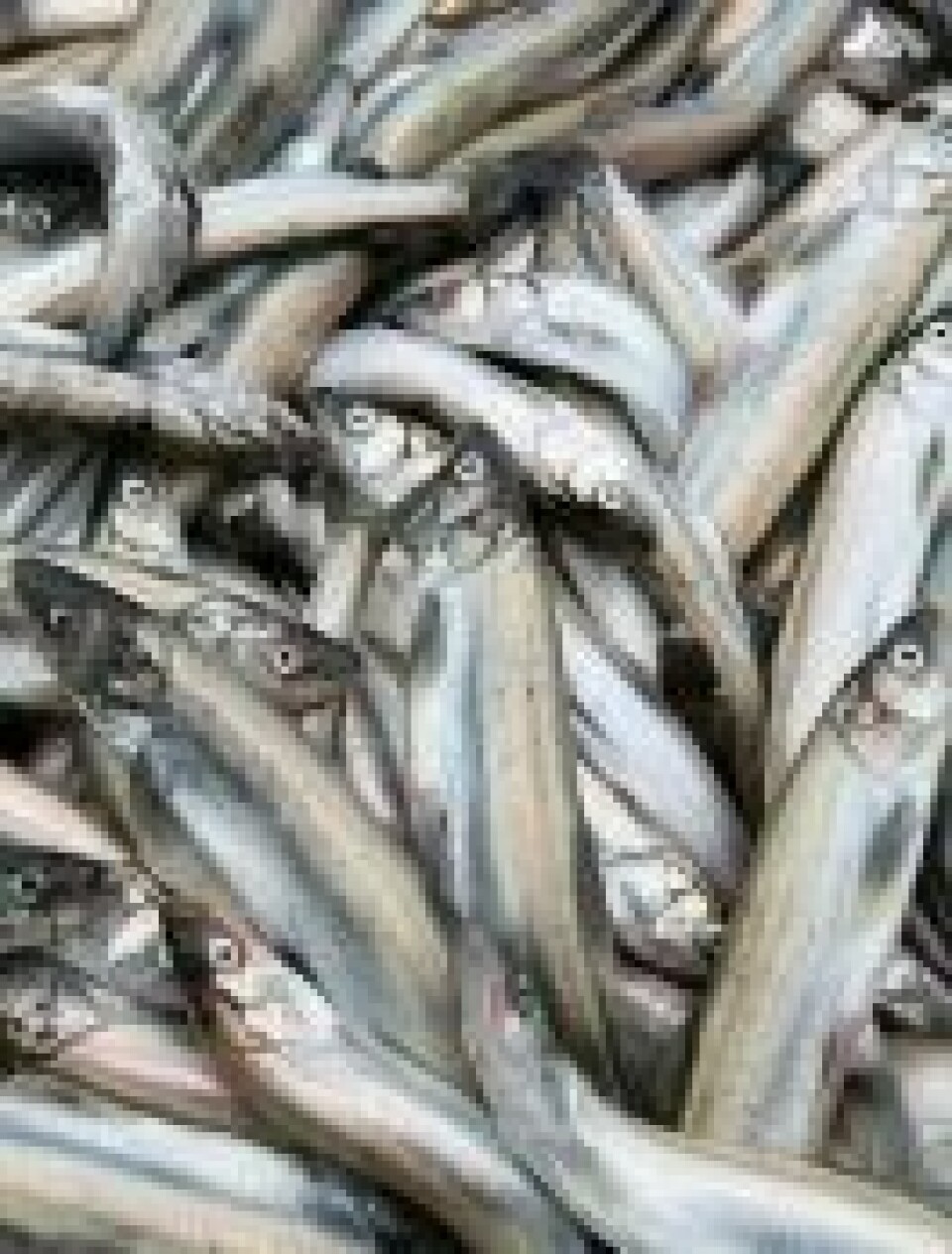
Oolichans returning to the Broughton
Last week a First Nation friend of mine offered me a small bag of Oolichans. The Oolichan is a sardine-looking fish that lives its life in the Pacific Ocean, but like salmon, come back to rivers in BC and Alaska to spawn. Also called "candlefish" due to their high fat content (an Oolichan can be lit and burn like a candle), the fish has been a source of food for the area's native population for centuries. The fish are consumed fresh- usually fried in lard after being coated with a mixture of flour, salt and pepper- or smoked for future consumption.
But the most famous use of these fish is for the production of "Oolichan grease". Although not all runs of Oolichans are suitable for the production of grease, some rivers are famous for fish that after a process of fermentation and boiling, produce a clear liquid that is very popular among First Nations. It comes in different qualities, and a liter jar of "grease" can easily be sold for CAD$ 400.- (~€ 250.-). I tried it once, and decided it was definitely a product requiring an aquired taste- much like Lutefisk.
The Oolichans that my friend gave me came from the Kingcome River at the head of Kingcome Inlet- a fjord that opens into the Broughton Archipelago- the famous battleground between environmentalists and BC salmon farmers. And while environmentalists have long raised the alarm over salmon farms causing the collapse of herring, wild salmon and Oolichan stocks in the area, my native friend tells me that they haven't seen this much of the fish in this river for years.
Then last Friday I met another First Nation acquaintance that couldn't wait to tell others about a huge runs of Oolichans into another Broughton Archipelago watershed- the Klinaklini River that runs out at the head of Knight Inlet- the epicentre of the sea lice fiasco. His people were up there cooking grease "by the gallons".
Recently, environmentalists in BC have tried to point fingers at the salmon farmers for causing the dismal returns of sockeye salmon to the Fraser River in recent years. But rumors have it that some ~11 million fish are coming down the coast this year- far exceeding recent returns. And after spending most of its CAD$ 5 million (~€3.1 million) budget on the study of the effect of sea lice from salmon farms on wild salmon, the BC Pacific Salmon Forum reported that based on their field and laboratory studies, they could not attribute any death of out-migrating pink salmon in the Broughton Archipelago during either 2007 or 2008 to sea lice from salmon farms.






















































